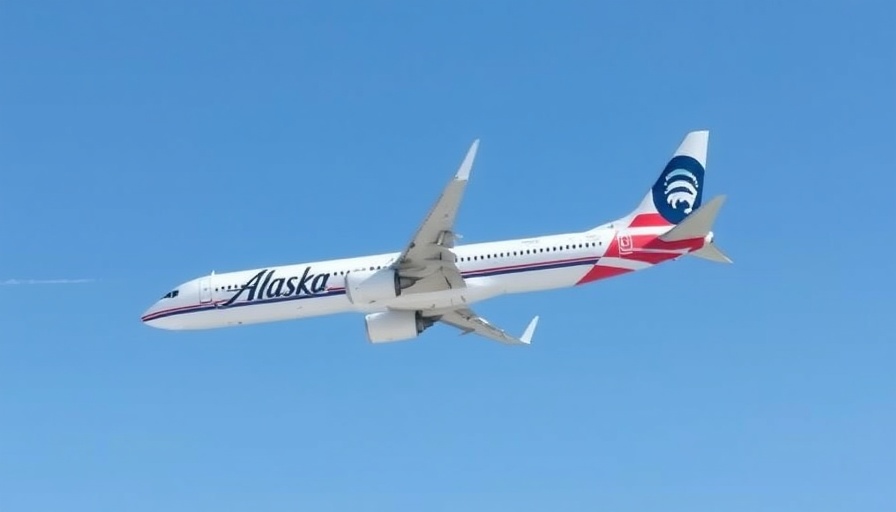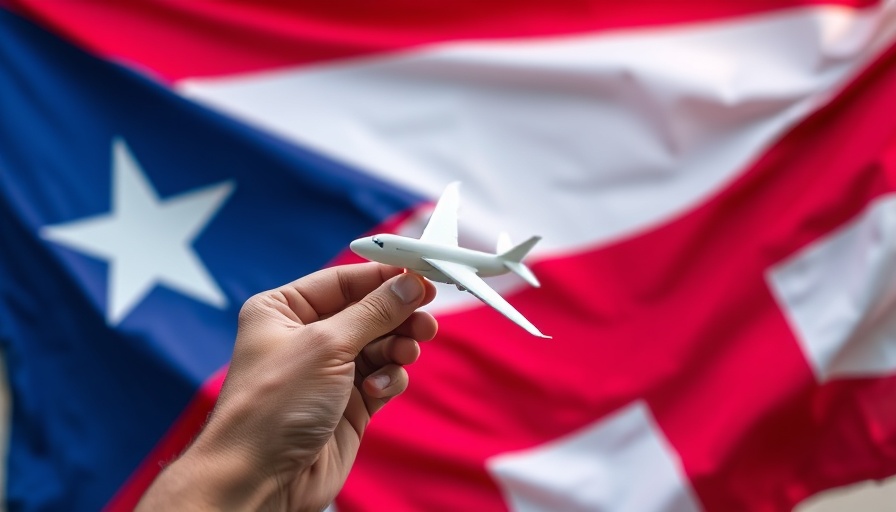
Exploring Alaska's Airports: The Gateway to Wilderness Retreats
Alaska, renowned for its breathtaking landscapes and remote communities, has a robust network of airports that serve as vital connectors within this vast wilderness. With limited road infrastructure, air travel is often the most practical way to navigate the stunning terrains and reach isolated destinations. In this article, we delve into the significance of Alaska's airports, highlighting their roles in tourism, transport, and as lifelines for residents.
A Deep Dive Into Alaska's International Airports
The state boasts four key international airports, each playing a crucial role in linking Alaska with the broader world. Ted Stevens Anchorage International Airport (ANC) stands as the busiest, welcoming flights from major cities and international locales like Germany and Canada. Not only is it a passenger hub, but it's also notable for its cargo operations, making it a strategic point of transit between Asia and North America.
Fairbanks International Airport (FAI) also features prominently in Alaska's air transport ecosystem. It serves as a crucial touchpoint for travelers heading to iconic destinations such as Denali National Park. Seasonal international flights and connections to places like Germany showcase its versatility as a gateway.
Meanwhile, Juneau International Airport (JNU), while handling primarily domestic flights, plays an essential role in serving Alaska’s capital. With services extending to regional communities, it embodies the spirit of connectivity critical to Alaskan life.
Finally, Ketchikan International Airport (KTN) is uniquely accessible only by ferry, highlighting the challenges of travel in the lesser accessible regions of Alaska. It provides frequent flights to Seattle and other destinations, forging vital links for the communities it serves.
Regional Airports: Bridging the Gaps
Apart from its international hubs, Alaska's network of regional airports connects myriad remote communities, ensuring that residents and tourists alike can explore even the most isolated parts of the state. These airports support vital services, from emergency medical flights to transportation for essential goods.
As we look at these regional airfields, it's essential to consider their contributions to tourism as well. Many of these airports serve as the entry points for visitors seeking to experience Alaska’s natural beauty and adventure activities—from fishing lodges to hiking trails, they facilitate access to experiences that embody the wild spirit of Alaska.
The Importance of Air Travel in Alaskan Life
For many Alaskans, air travel is not merely a luxury; it’s a necessity for survival and access to the outside world. Given the sprawling geography and the vast wilderness, airlines act as a lifeline for those in remote areas, providing essential services and community connections. Consequently, understanding the airport landscape in Alaska is crucial for anyone considering travel to this unique state.
Reflection: Why It Matters
The way we travel reflects our values and aspirations. In Alaska, the airports not only serve as transit points but also embody the resilience and connectivity of its communities. Travelers are drawn not only to the scenic beauty but also to the stories that each route connects—the stories of the land, the people, and the experiences that await.
As you plan your journey through Alaska, consider the role these airports play in shaping your experience. They will serve as gateways to adventure and introspection, pushing you to discover the depth of what this wild state has to offer.
Whether you're a frequent traveler, a wellness advocate, or an outdoor enthusiast, understanding the air travel landscape within Alaska enhances your journey and allows deeper connections with the beautiful environment surrounding you.
So, as you navigate through your travel plans, reflect on the significance of air travel in connecting not just places, but lives.
 Add Row
Add Row  Add
Add 




Write A Comment